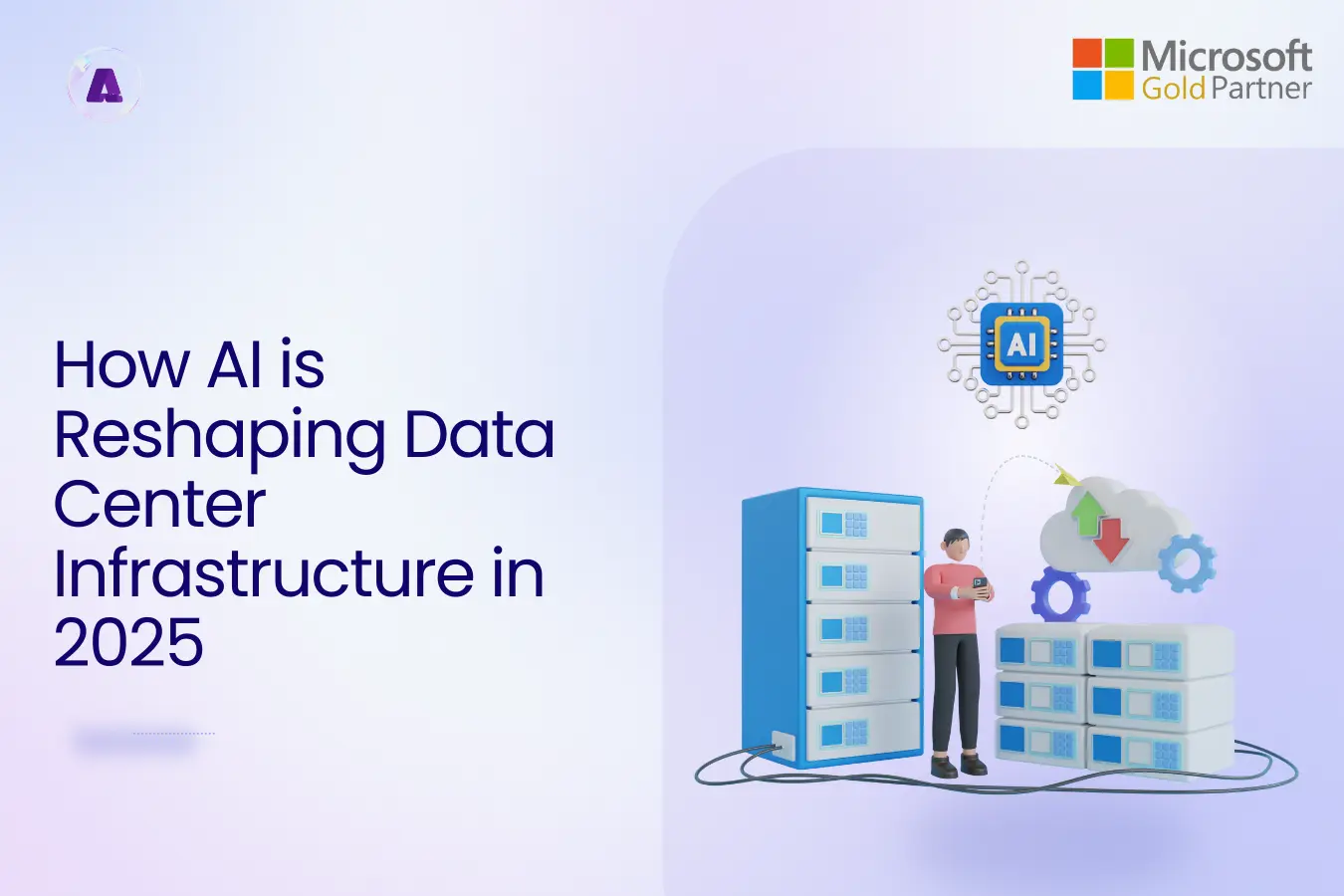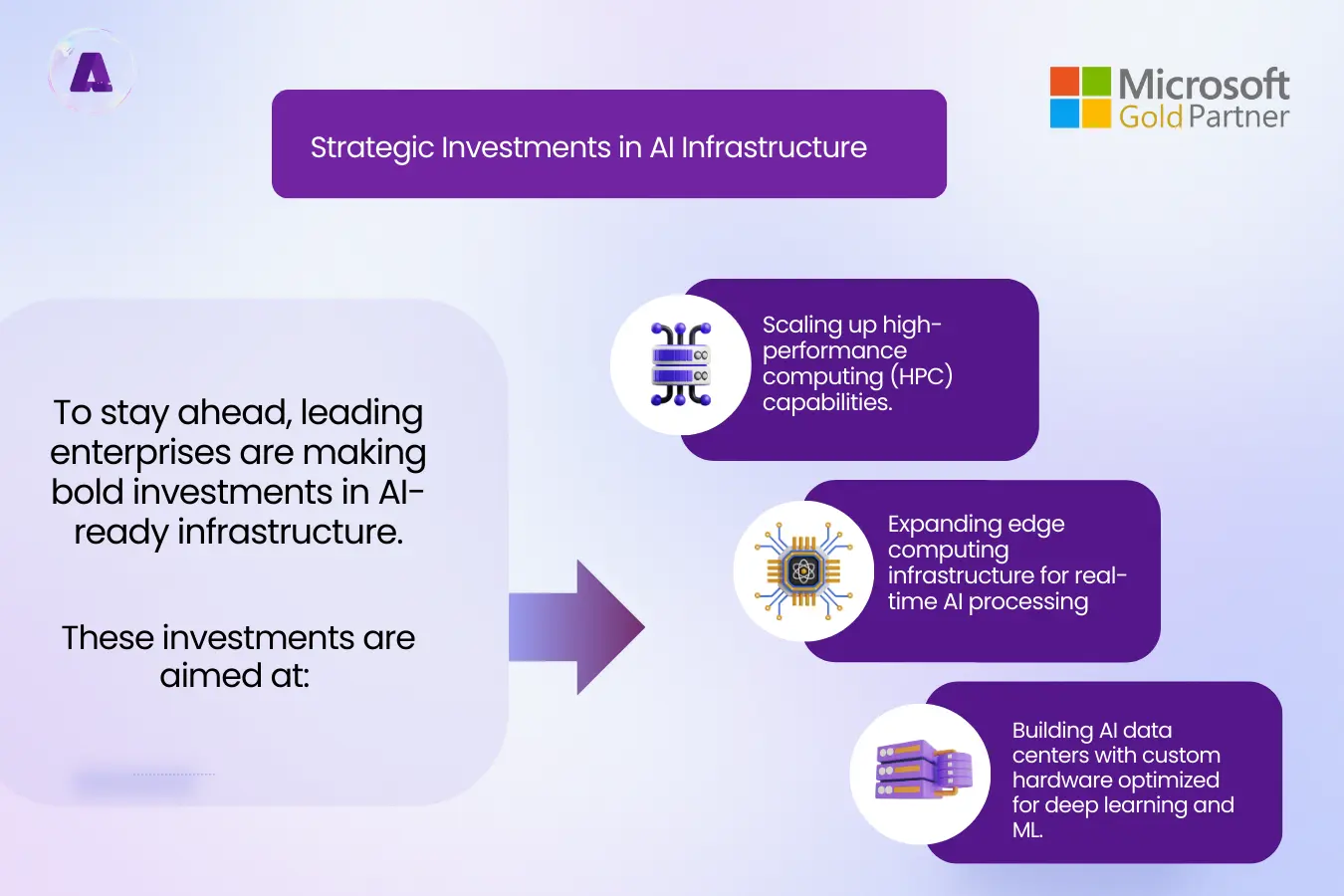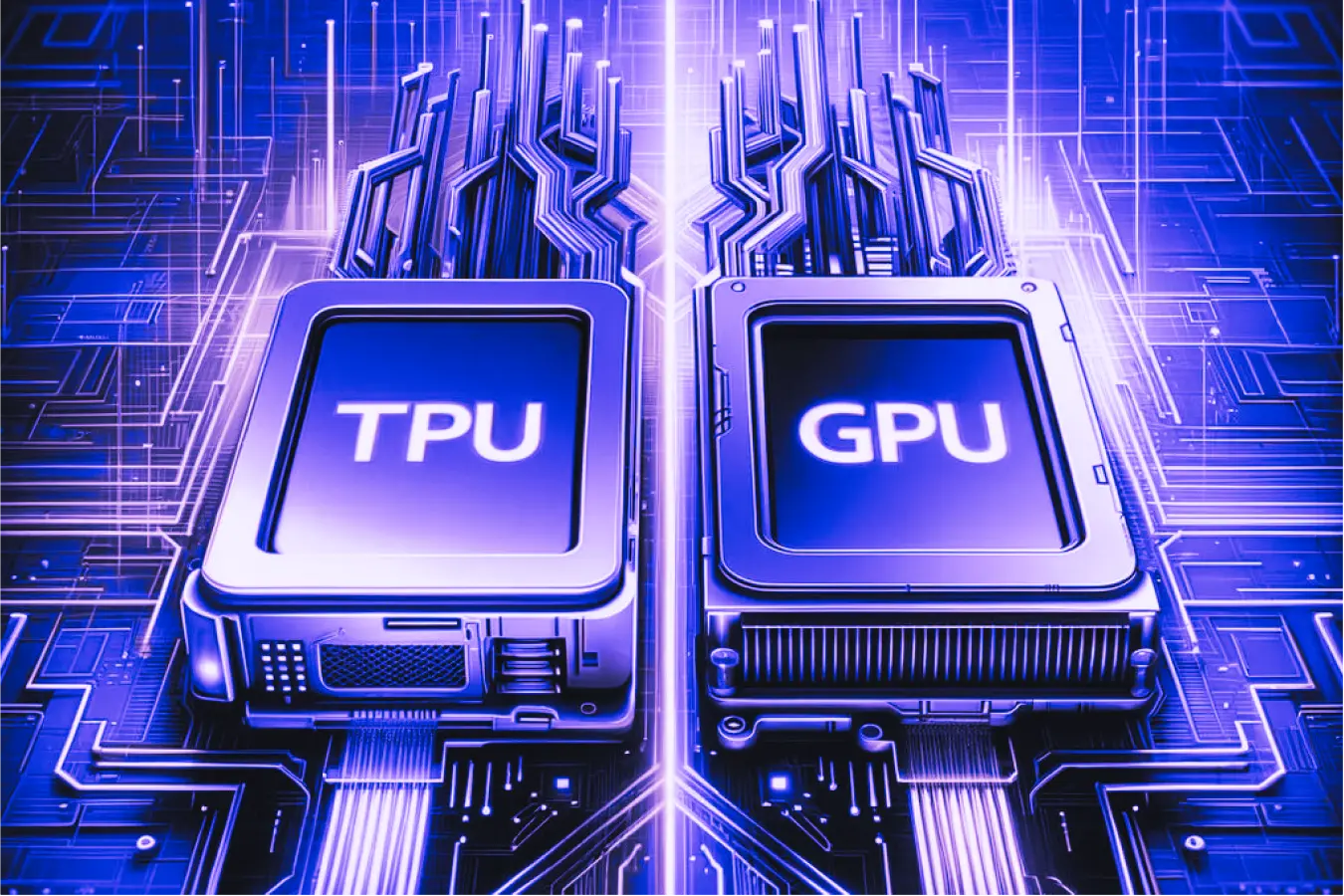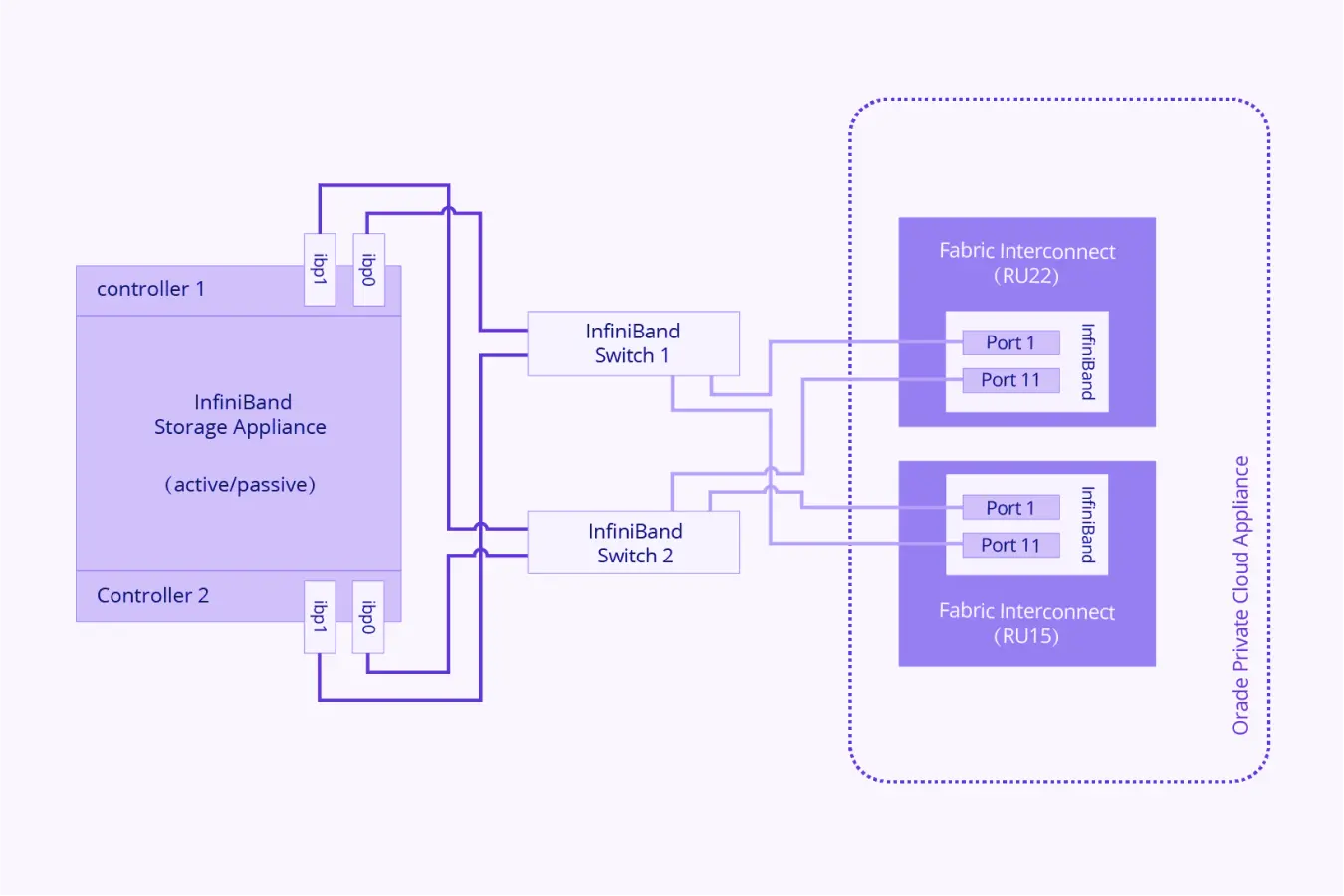
Introduction to AI Data Center
Artificial Intelligence (AI) is no longer just a futuristic concept—it’s a driving force behind some of the most significant changes in technology today. In 2025, AI is influencing nearly every industry, from healthcare to finance manufacturing. However, one of its most profound impacts is on data center infrastructure. As AI adoption accelerates, businesses are realizing that traditional data centers are no longer sufficient. The industry is witnessing a radical transformation in how data centers are designed, powered, and operated to accommodate the new age of AI.
A key trend shaping this transformation is the integration of AI-powered robotics in cloud data centers. According to Gartner, by 2025, half of cloud data centers will deploy robots with AI capabilities to enhance operational efficiency, automate maintenance, and optimize cooling and energy management. This shift is crucial as enterprises face increasing pressure to scale their AI workloads efficiently while reducing costs and minimizing downtime. AI-driven automation is becoming a cornerstone of next-generation data centers, ensuring they can meet the growing demands of AI applications.
AI is ushering in a technological shift comparable to the internet, mobile, and cloud revolutions. Just as these innovations redefined the way businesses operate, AI is now rewriting the rules of engagement. Enterprises that embrace AI strategically are setting themselves up for long-term success, while others risk being left behind.
The increasing reliance on AI means enterprises need an unprecedented level of computational power, storage, and networking. To remain competitive, they must rethink their data center automation strategies —focusing on efficiency, sustainability, and scalability.
Here are some key trends shaping AI data center infrastructure in 2025:
1) Cloud Rebalancing: Optimizing Workload Distribution
For the past few years, enterprises have experimented with AI workloads in public clouds. However, many are now realizing that a one-size-fits-all approach does not work. AI training and inference workloads are resource-intensive, requiring careful placement to balance cost, performance, and security.
Cloud rebalancing, also known as cloud repatriation, is becoming a crucial strategy. It involves shifting specific workloads from the public cloud to on-premises data centers or colocation facilities. The reasons for this shift include:
Performance Optimization – AI workloads often demand low latency and high-speed processing, which on-premises or edge deployments can provide more effectively than the public cloud.
Cost Efficiency – Managing large-scale AI models in public clouds can become prohibitively expensive. Enterprises are looking to optimize their spending by strategically placing workloads where they make the most financial sense.
Data Control & Compliance – With evolving data privacy regulations, companies need to ensure data sovereignty and compliance with regional laws, making private data centers a more attractive option.
Hybrid & Multi-Cloud Strategies – Organizations are increasingly using a mix of cloud providers, combining public, private, and edge computing to get the best of all worlds.
2) Strengthening Data Governance for AI Success
AI thrives on data—but not just any data. The quality, governance, and structure of data are critical to AI performance. However, many enterprises still struggle with proper data management. According to a recent McKinsey survey, 70% of companies reported challenges in defining data governance processes, integrating data into AI models, and ensuring the availability of high-quality training data.
To build AI-ready data infrastructure, companies must formalize data governance strategies, which includes:
- Establishing clear policies for data privacy and security.
- Ensuring compliance with data sovereignty laws.
- Structuring data in a way that optimizes AI training and inference processes.
- Implementing observability tools to monitor data integrity and usage.
Without strong data governance, enterprises risk poor AI performance, security vulnerabilities, and regulatory penalties.
3) Enhanced Observability and Security in AI-Powered Data Centers
As AI adoption grows, so do the security challenges. AI workloads require extensive data exchange, which expands an organization’s threat landscape. Enterprises must implement robust observability tools to gain visibility into their infrastructure, ensuring:
- Real-time monitoring of AI workloads.
- Proactive detection of security threats.
- Compliance with regulatory frameworks.
- Predictive analytics to anticipate potential failures before they occur.
Cyberattacks targeting AI models are on the rise, with hackers attempting to manipulate data or disrupt AI-driven decision-making. In response, enterprises are investing in advanced AI security solutions, including zero-trust architectures, AI-driven threat detection, and automated incident response mechanisms.
4) Powering AI: The Energy Demands of the Future
AI requires immense computational power, leading to skyrocketing energy consumption. Training a single large-scale AI model can consume as much electricity as thousands of homes in a year. This growing demand is forcing data centers to rethink their power strategies.
Key solutions include:
- Integration of Renewable Energy – Data centers are increasingly using solar, wind, and hydroelectric power to reduce their carbon footprint.
- Next-Gen Cooling Technologies – With AI workloads generating extreme heat, data centers are exploring liquid cooling, immersion cooling, and other energy-efficient cooling techniques.
- Partnerships with Energy Providers – Companies like Microsoft are striking deals to power their data centers with nuclear energy, ensuring sustainable AI growth.
- Grid Modernization – Governments and enterprises are working together to upgrade energy grids to support high-performance AI workloads.
To prevent power shortages, stakeholders across industries—including tech companies, policymakers, and energy providers—must collaborate to create sustainable energy solutions.
5) Strategic Investments in AI Infrastructure

To stay ahead, leading enterprises are making bold investments in AI-ready infrastructure. Apple, for example, has announced plans to build a massive AI server facility in Texas, underscoring the industry’s commitment to expanding AI capabilities. Similarly, companies like Google, Amazon, and Microsoft are pouring billions into AI-optimized data centers worldwide.
These investments are aimed at:
- Scaling up high-performance computing (HPC) capabilities.
- Expanding edge computing infrastructure for real-time AI processing.
- Building AI-dedicated data centers with customized hardware optimized for deep learning and machine learning workloads.
Final Thoughts: The Future of AI Data Center
AI is more than just a technological advancement—it’s a paradigm shift that is redefining how businesses operate. As AI-driven workloads continue to grow, enterprises must rethink their approach to data center infrastructure. From cloud rebalancing and enhanced data governance to stronger security, sustainable energy solutions, and massive infrastructure investments, the future of AI data centers is taking shape before our eyes.
Organizations that proactively adapt to these trends will be best positioned to leverage AI’s full potential. The race to AI dominance has begun, and the foundation of this transformation lies in the very infrastructure that powers it.
For businesses looking to future-proof their AI strategy, now is the time to invest in smarter, more sustainable, and highly efficient data center solutions.
Aptly’s AI Infrastructure Services: Powering the Future of AI
At Aptly, we recognize the growing challenges that enterprises face in building AI-ready data center infrastructure. Our AI infrastructure services provide cutting-edge solutions tailored to meet the unique needs of businesses adopting AI. From cloud migration and hybrid AI infrastructure strategies to advanced observability, security, and sustainable energy solutions, Aptly ensures that enterprises can scale AI workloads efficiently and securely.
As a Microsoft Certified Gold Partner and a leader in cloud and AI infrastructure solutions, Aptly is committed to helping businesses harness the full potential of AI while optimizing their data center operations. Whether you’re looking to modernize your existing infrastructure or build AI-specific environments, Aptly provides the expertise and technology to make it happen.
The future of AI is here, and Aptly is ready to support enterprises in their journey toward smarter, more sustainable, and AI data centers.





